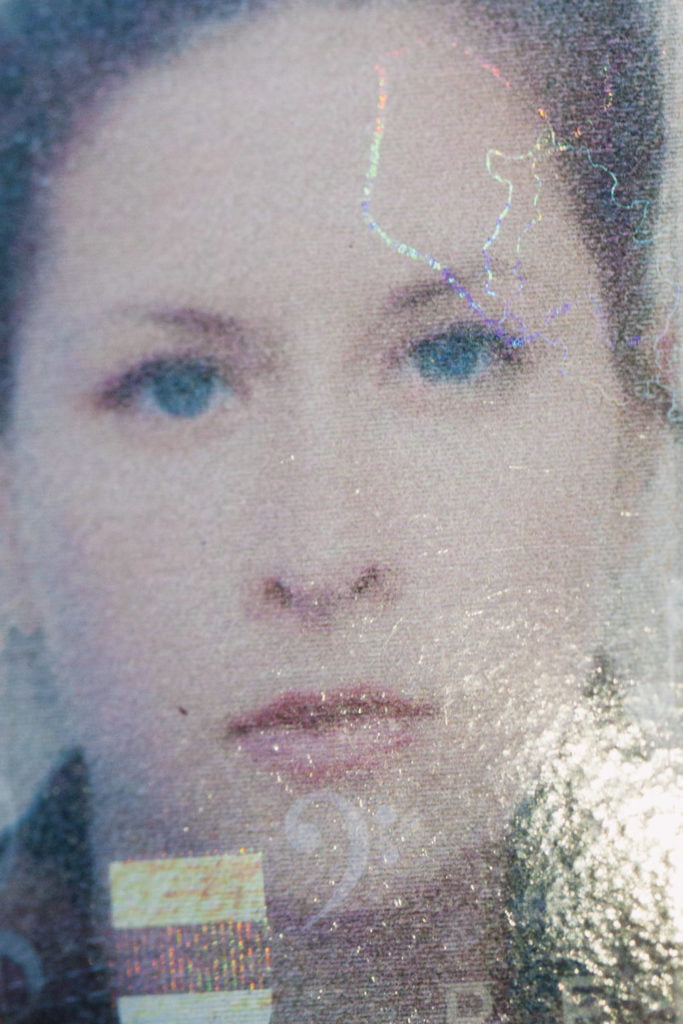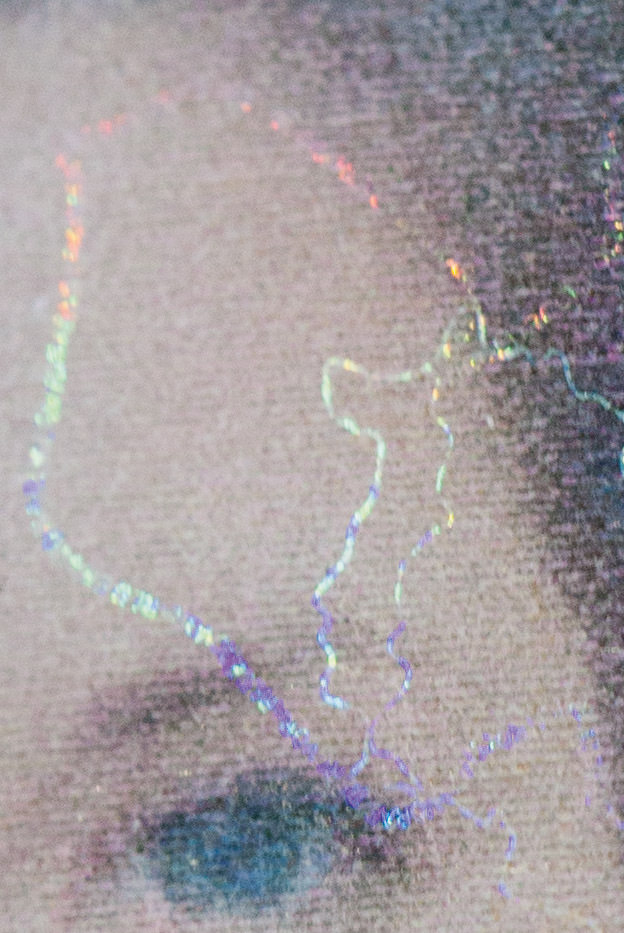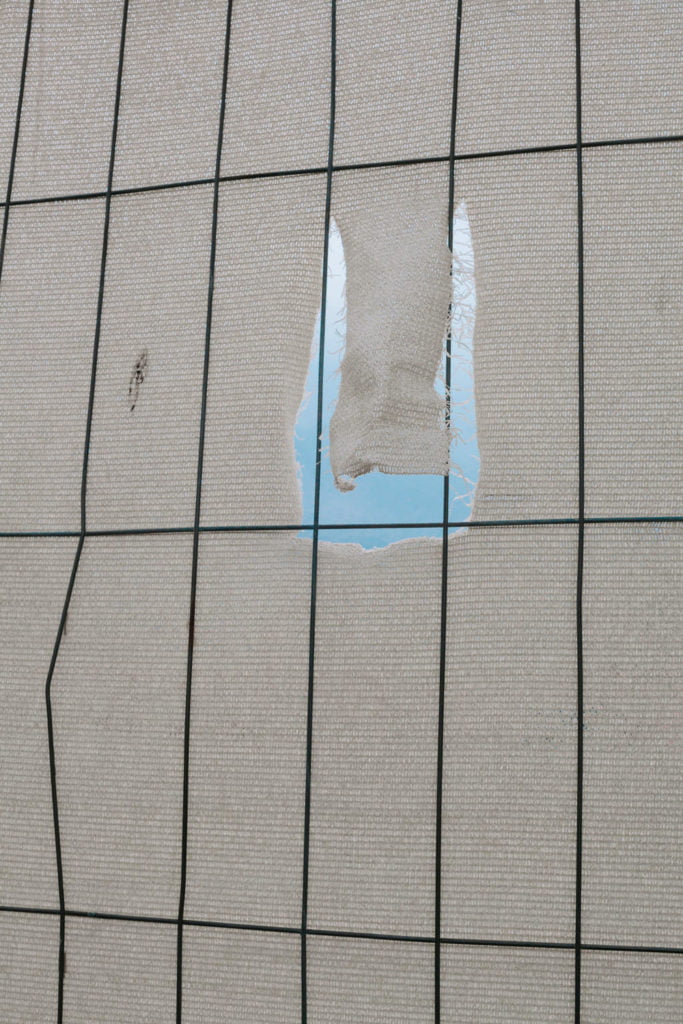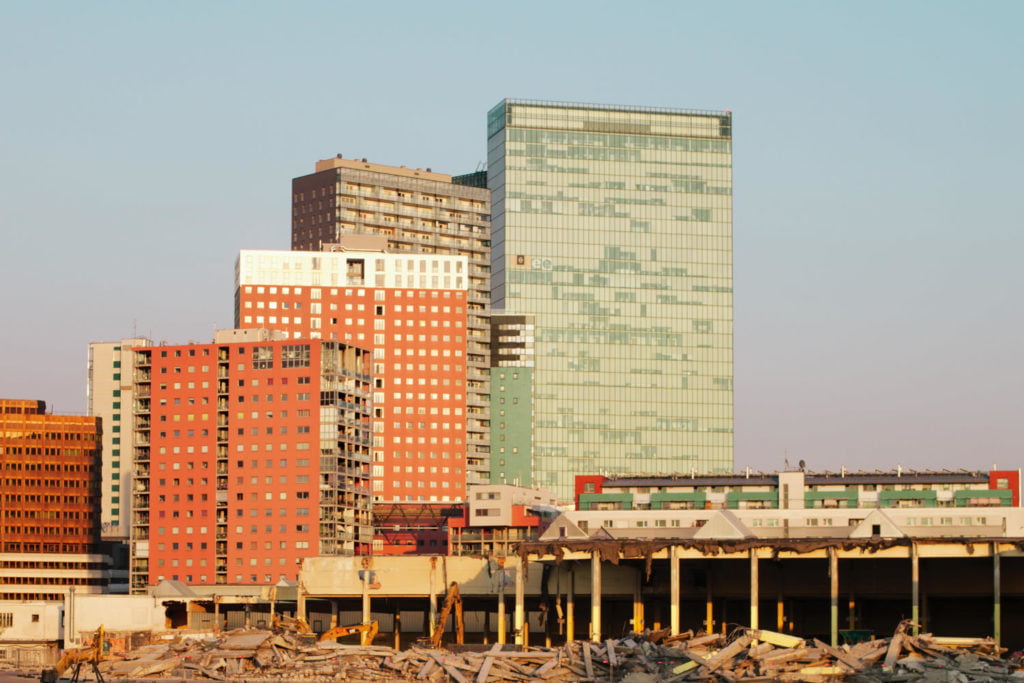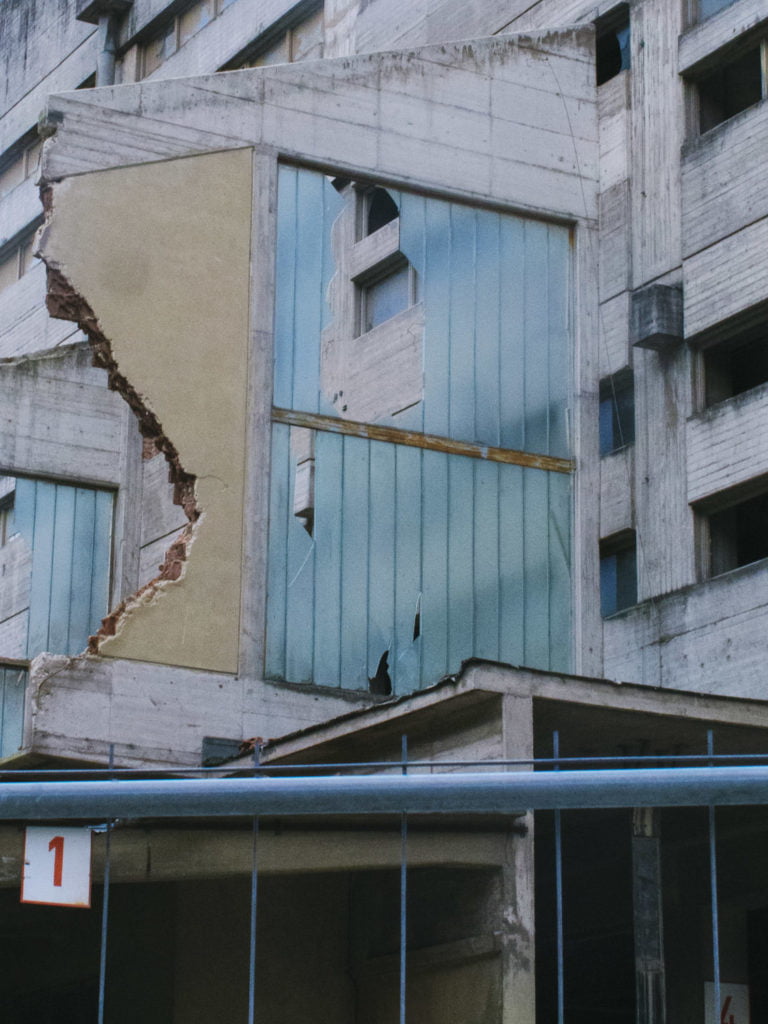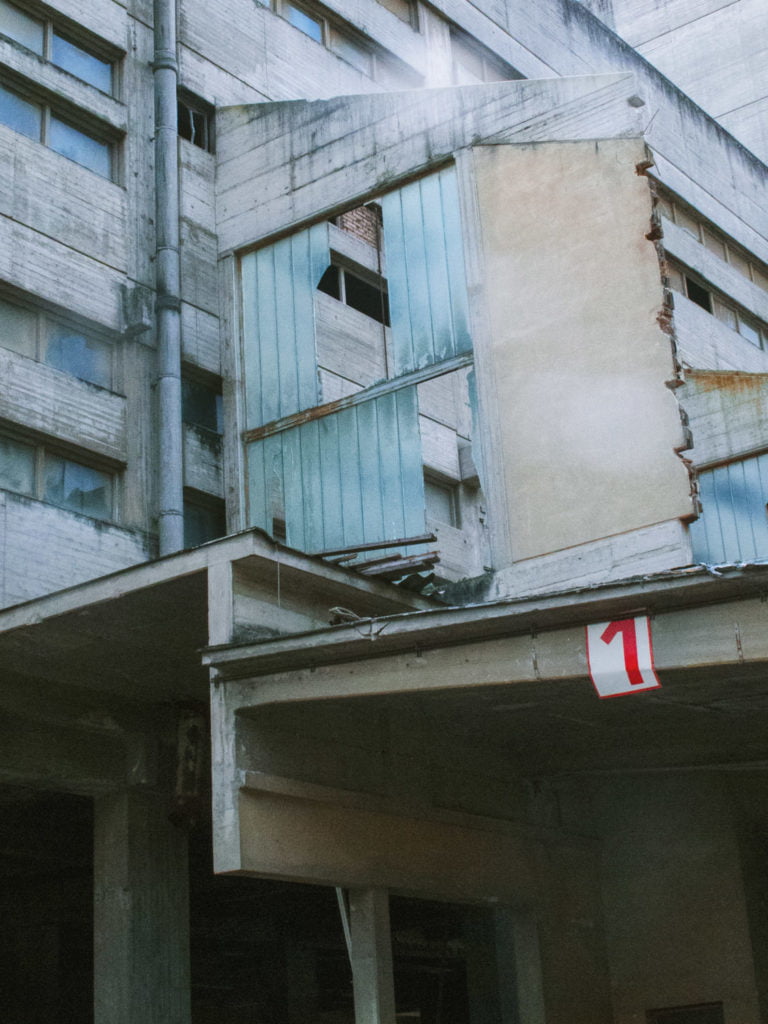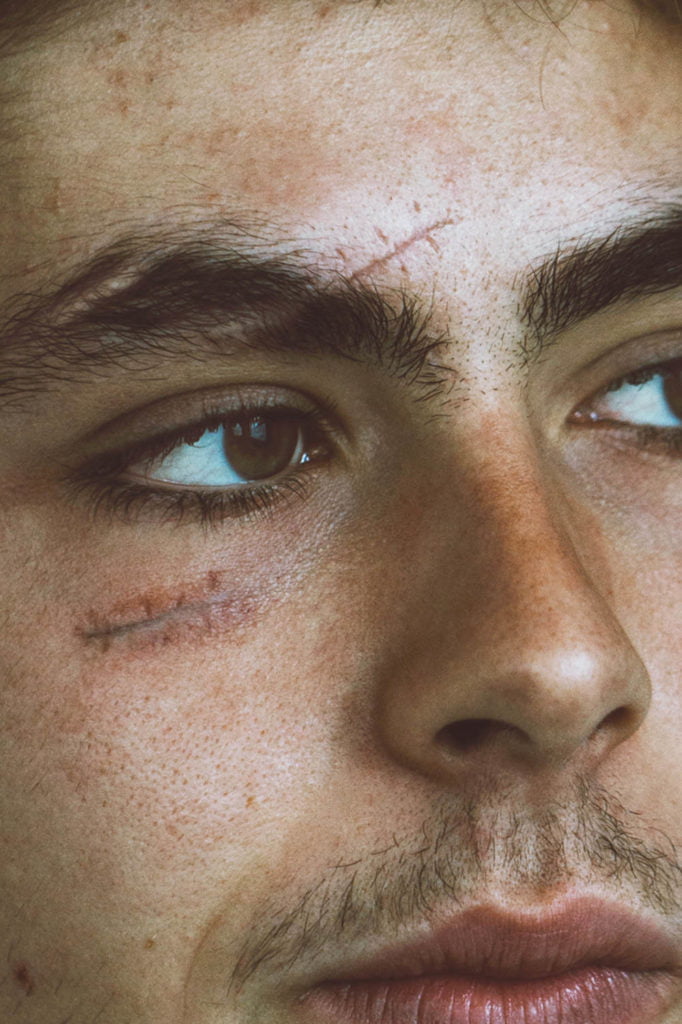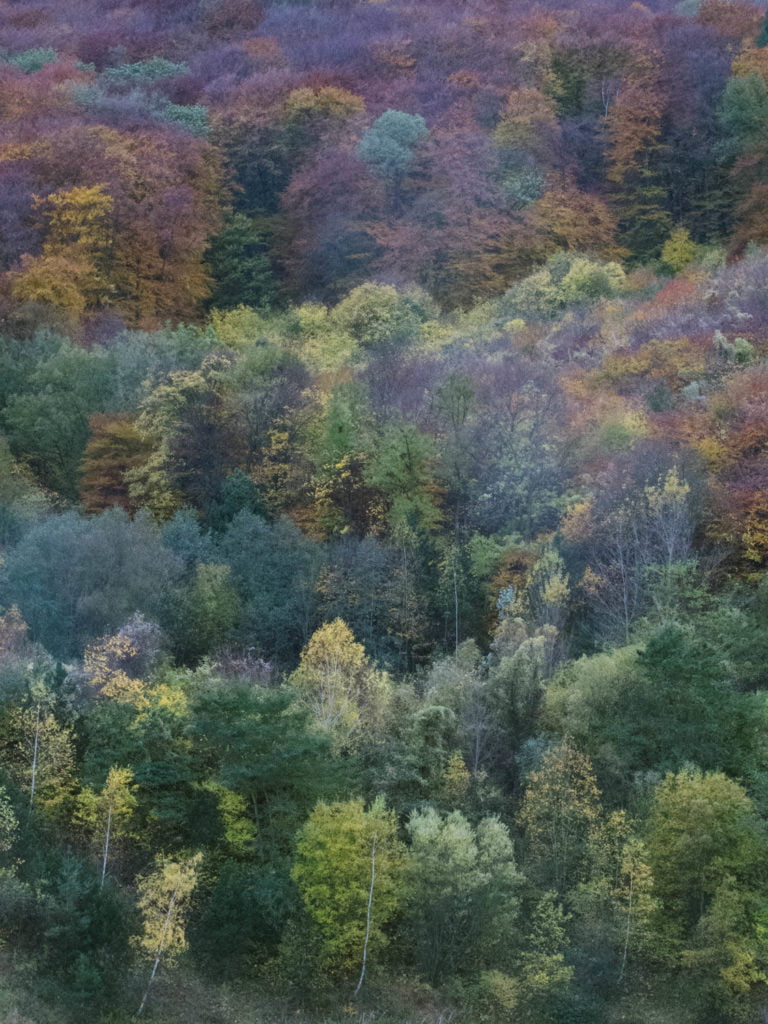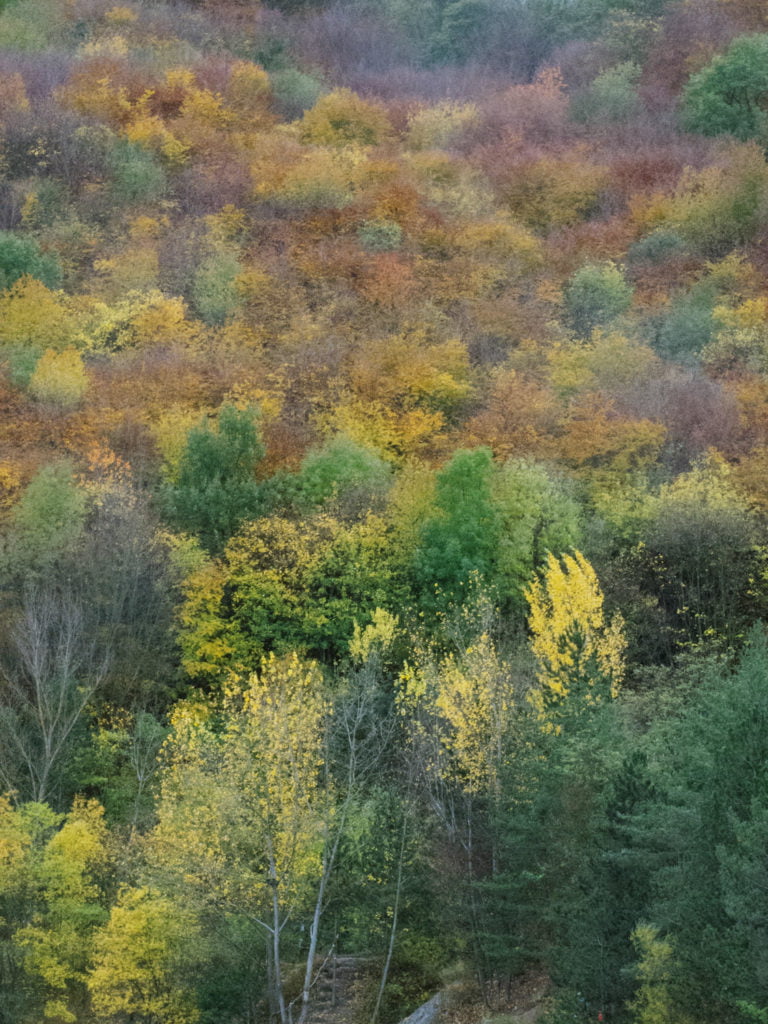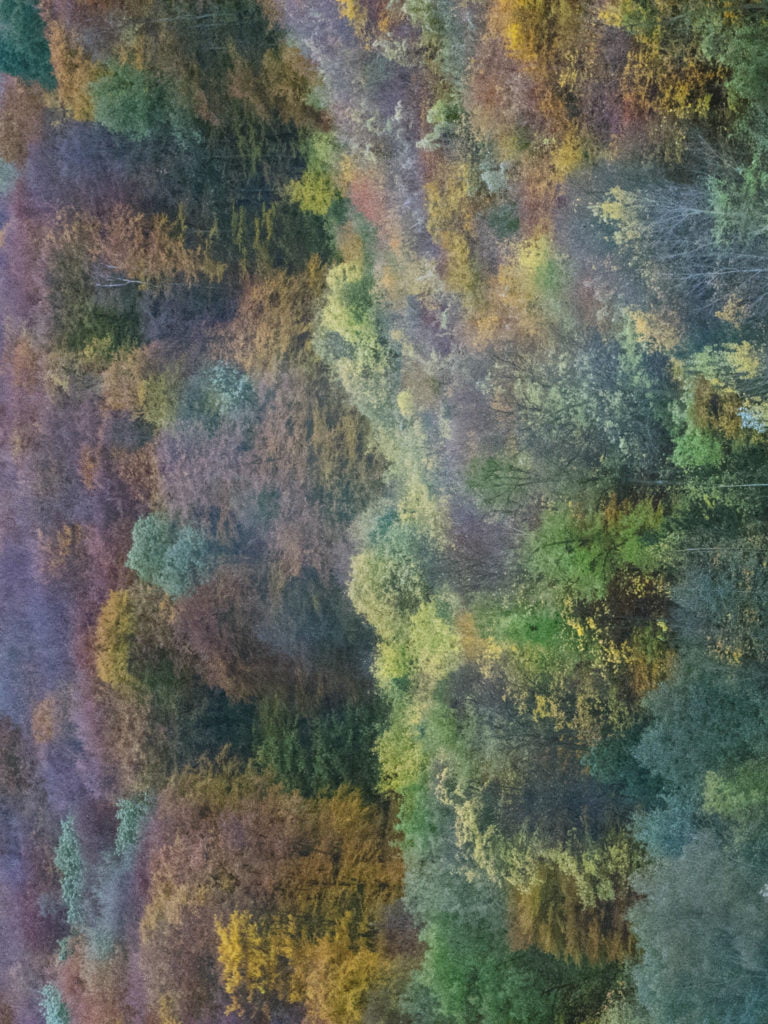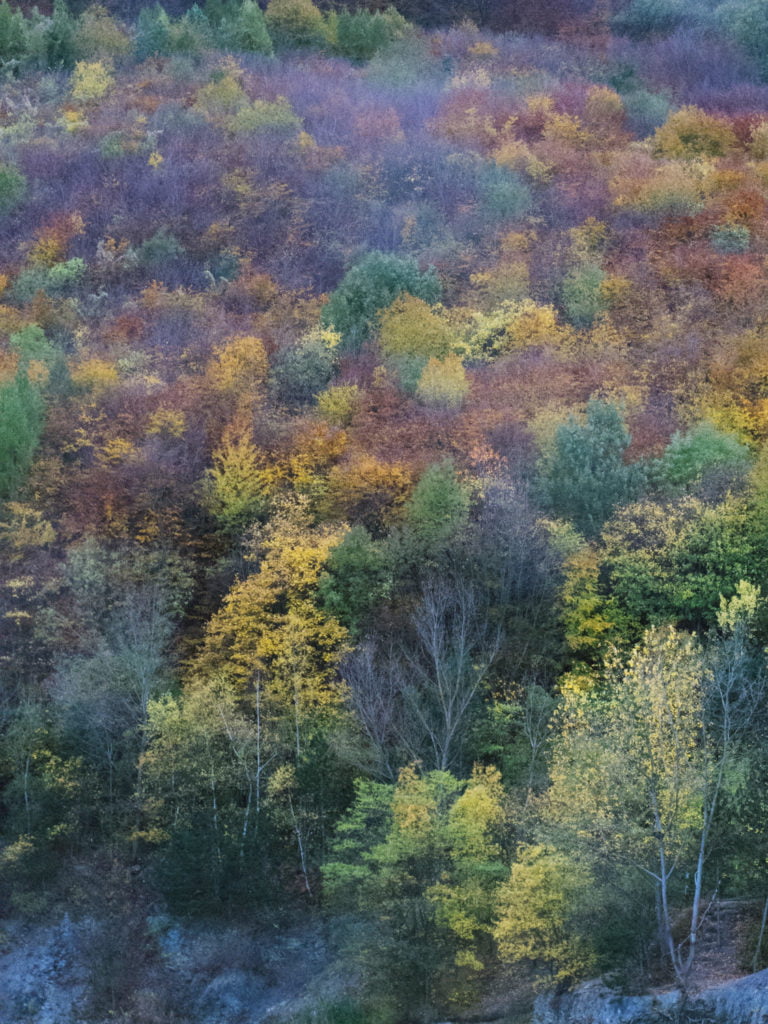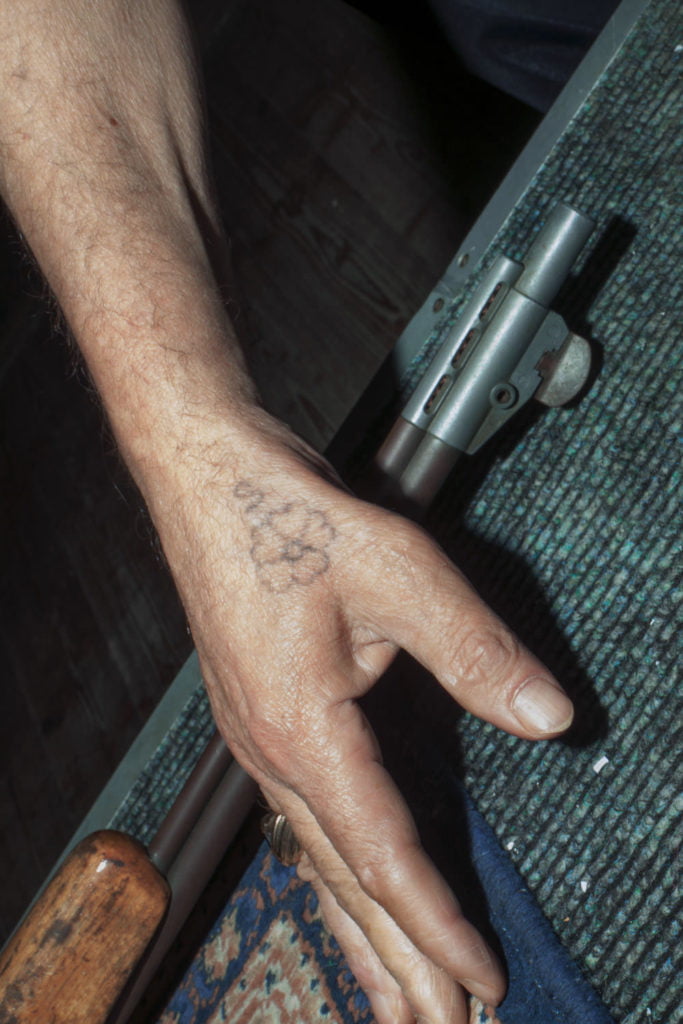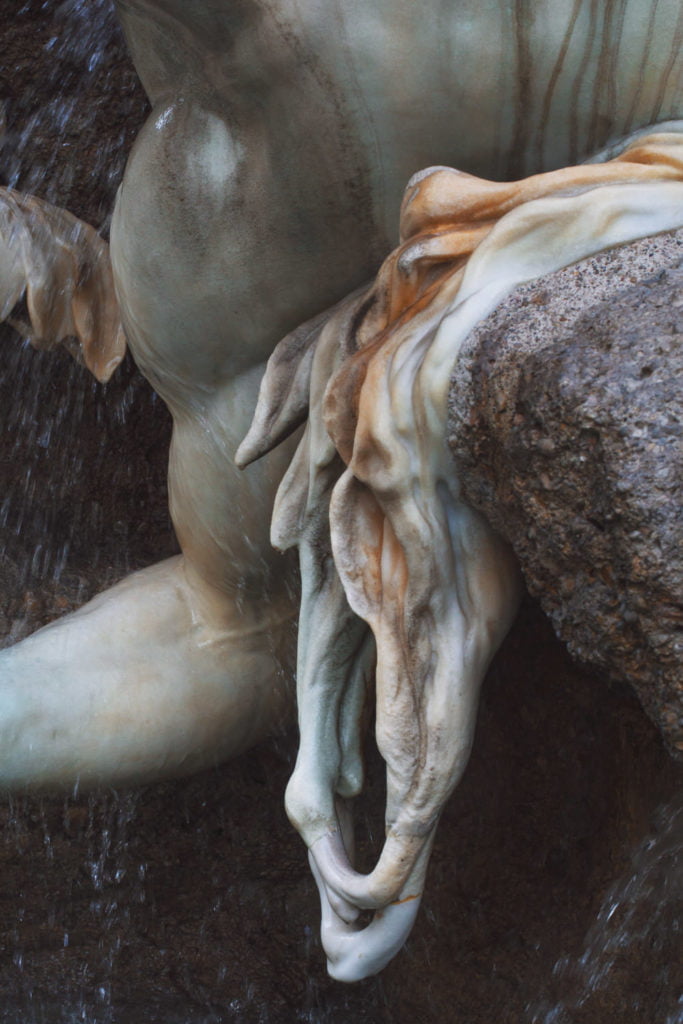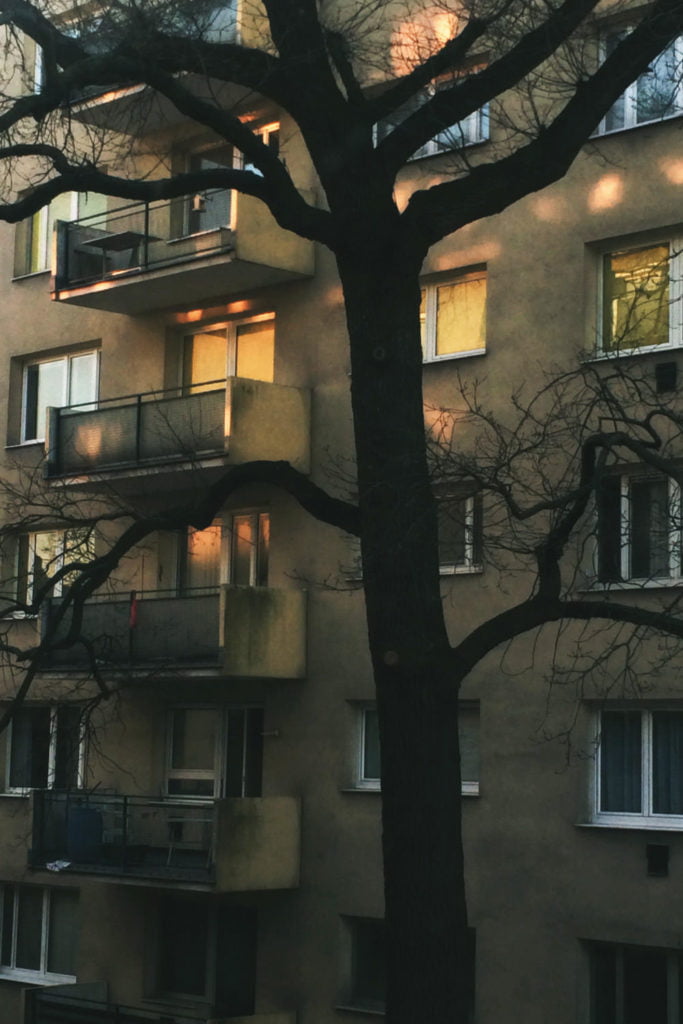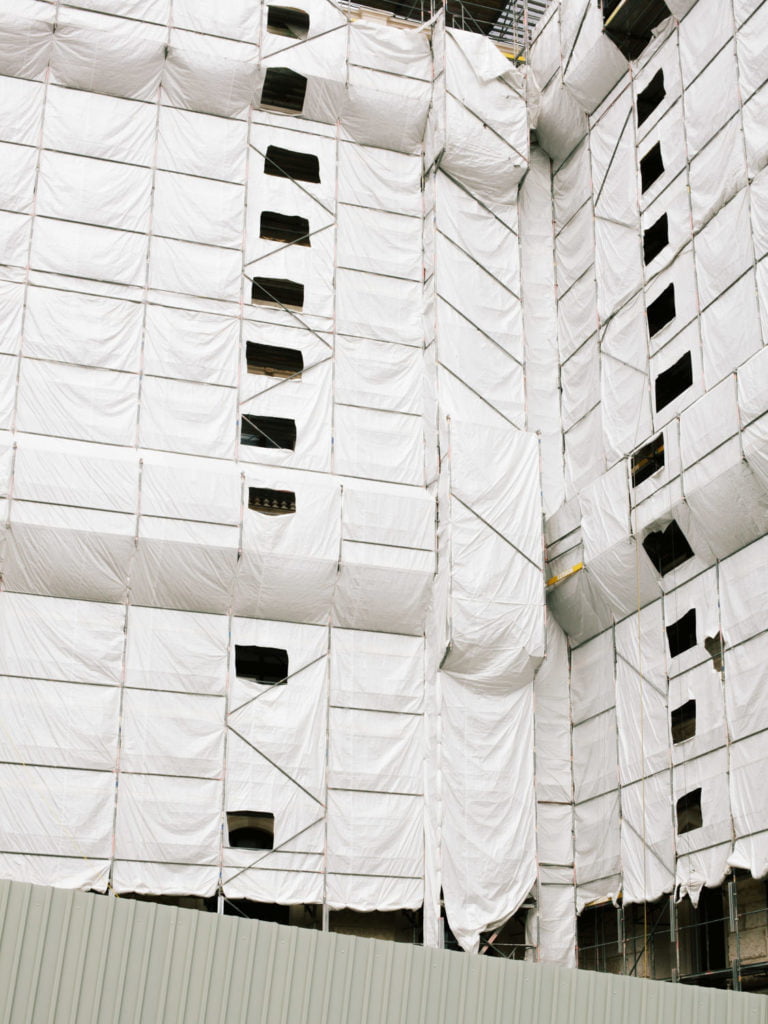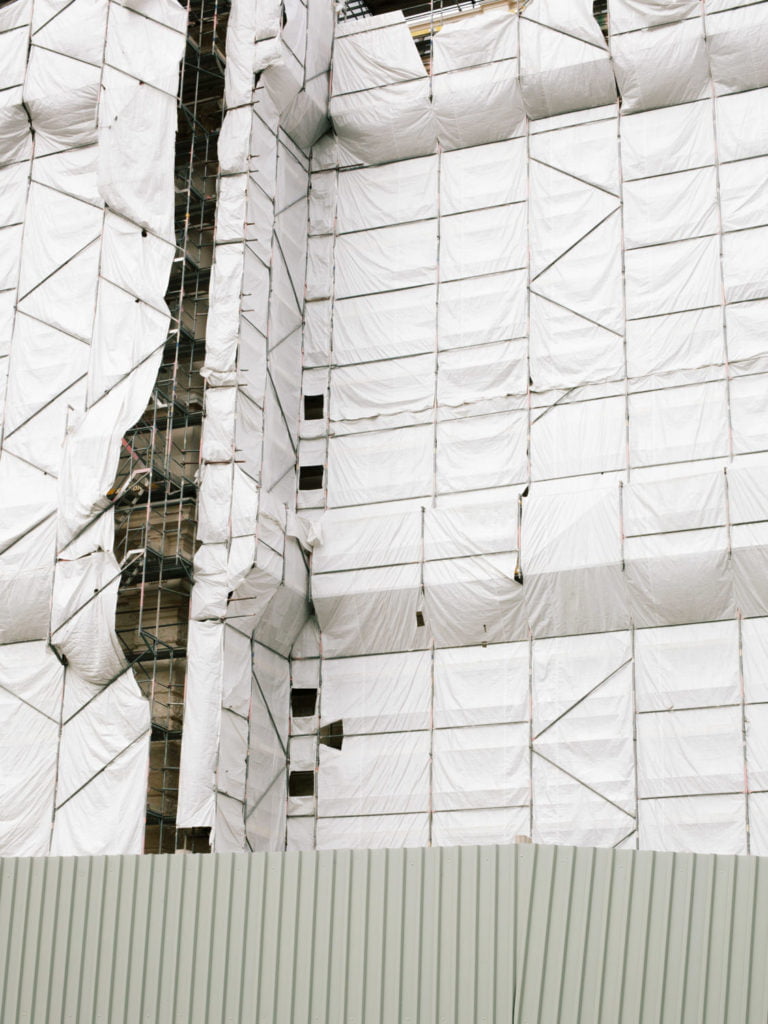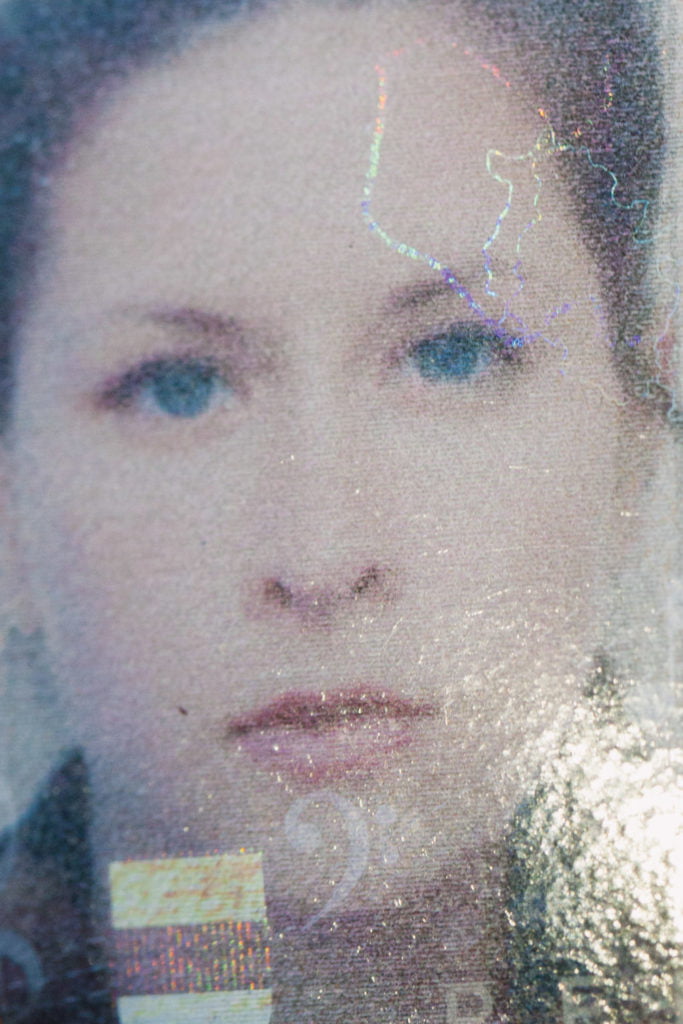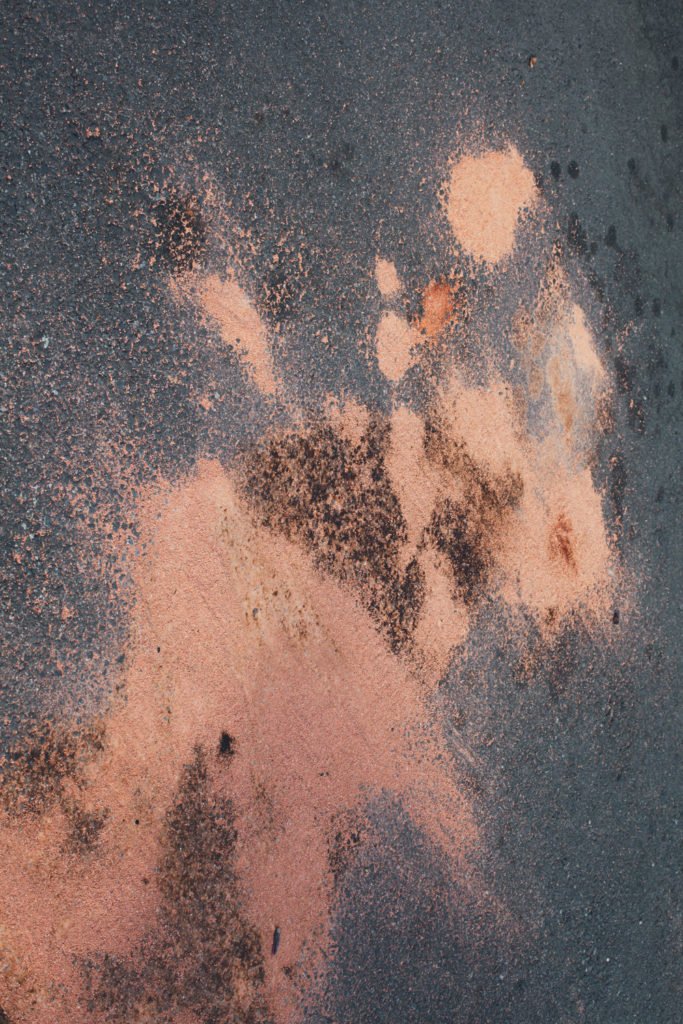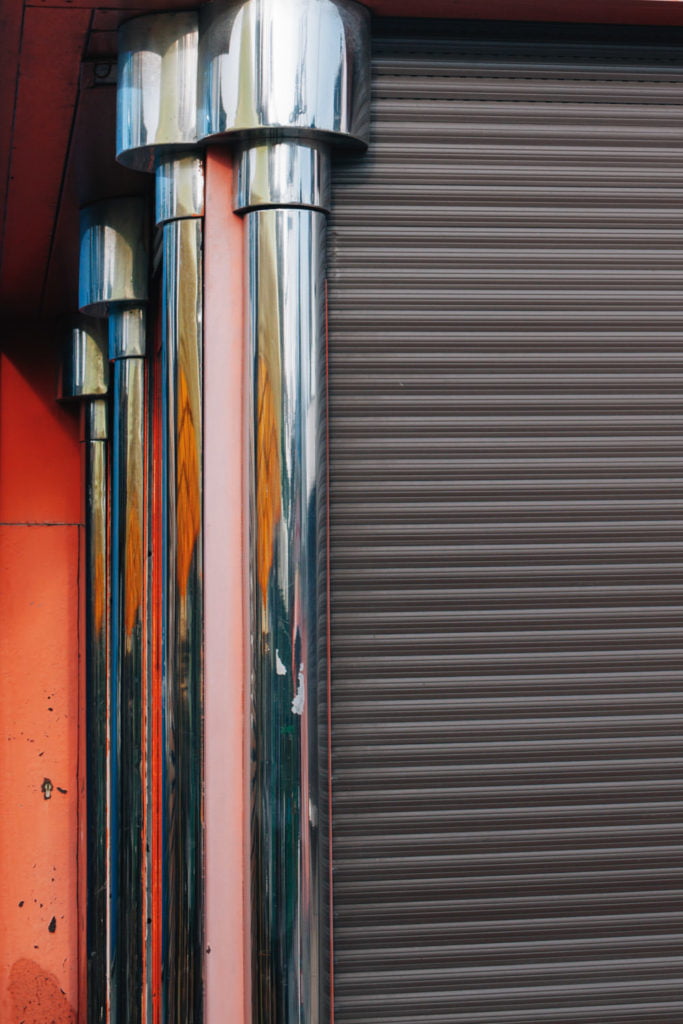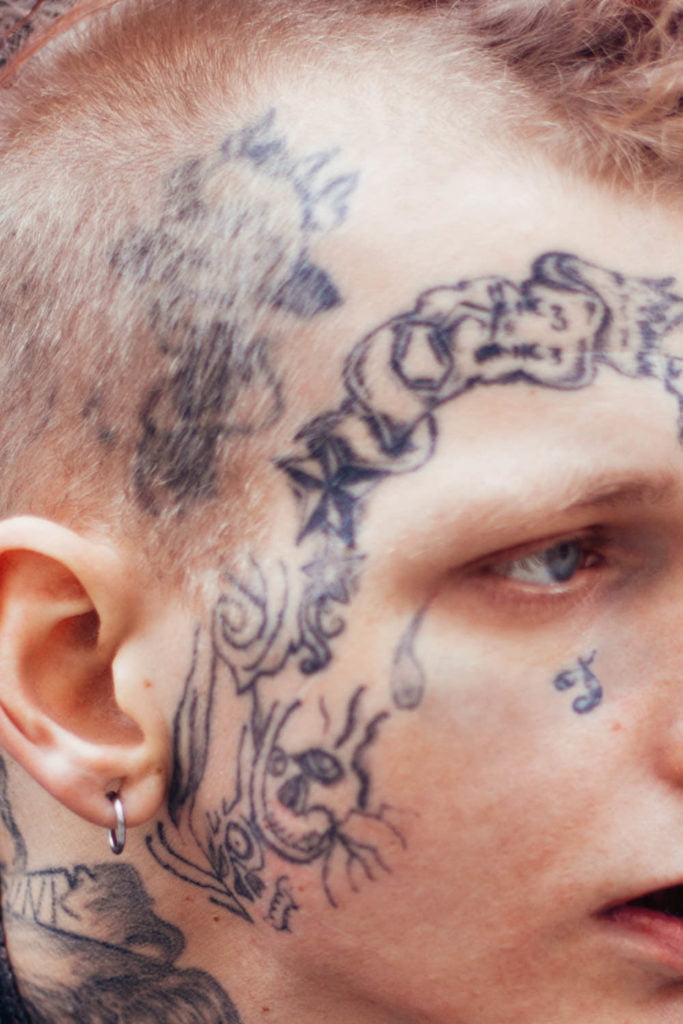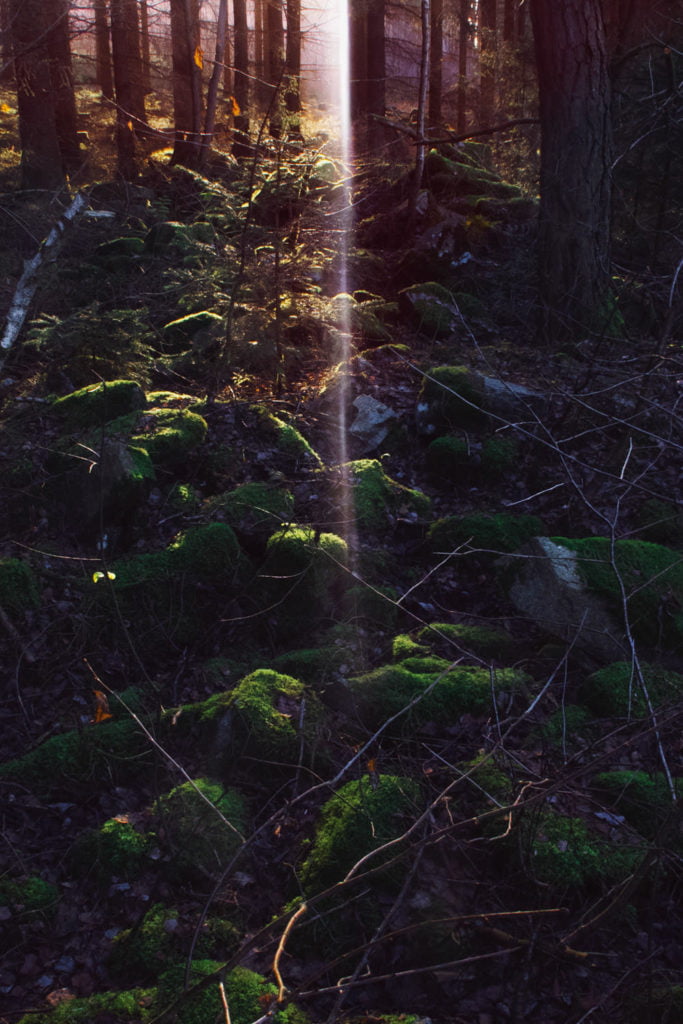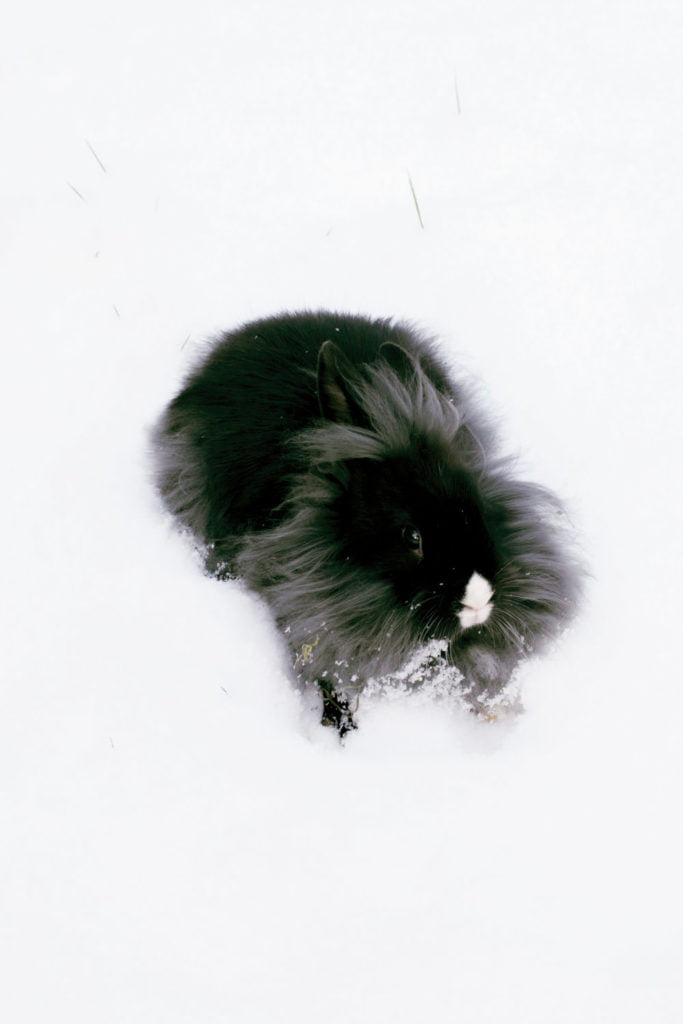Stefanie Moshammer
Therese
The name Therese is my middle name. Stefanie Therese Moshammer.
I don’t know exactly why my parents decided to give me this name.
I’ve never really felt attached to it and nobody calls me Therese.
Still, it’s part of me, even in my travel documents. A silent companion.
To me, it’s a beautiful name, I like it, even though it remains on the surface.
Therese is a series of images taken in my country of birth, Austria.
It is not so much about the country itself as an exploration of a state of mind, told through symbols, landscape and identity.
To me, Austria is a brutal cosiness, which carries the innocence of the past in it.
The past, a melancholic companion of the present. The existing, a filtered appearance.
Stefanie Moshammer
Stefanie Moshammer, born 1988 in Vienna; Bachelor of Arts in Graphic Design and Photography at University of Art and Design in Linz, Austria. Studied Advanced Visual Storytelling at the Danish School of Media and Journalism in Aarhus. In 2016 she has been selected as one of the Foam Talents. Lives and works in Vienna.
www.stefaniemoshammer.com
With Therese, it’s a wonderland of a very special kind you step into as you chase after the white rabbit. It’s a puzzling and contradictory place of melancholy beauty, as improbable as a five-leafed clover and its promise of luck – here as a tattoo on the hand holding the shooting gallery rifle, an ‘S’ engraved next to it. ‘S’ as in Stefanie.
Stefanie Moshammer’s fondness for myths and heterotopias has already taken her to Las Vegas, city of illusions and projection surface for all manner of dreams, and to the urban jungle of Rio de Janeiro, city of extremes. In the work feature here, that fondness uncovers the fabulous and the fabled even in the familiar, celebrating the exoticism of one’s own realm. So it is no coincidence that, in Vienna, it should be the Prater amuse- ment park, that legendary cosmos of mass appeal entertainment, and its nostalgia kitsch that she contrasts with her personal images. It is in vain that we scrutinise those images for the Prater’s well-known landmarks and its typical hustle and bustle. Instead, drabness and promise are reflected in the silvery decor of a closed stall and the view is obstructed by a building site fence, even though the viewer’s gaze up into the blue skies is freed – thanks to a horseshoe-shaped tear in the woven fabric.
Various fault lines run through Moshammer’s stock-take of her homeland, which she perceives as a ‘brutal cosiness’. The ambivalence of this state of mind is expressed in warm colours and surprisingly calm images, which at times literally topple over. As a result, romantic views of the Vienna Woods are as disrupted as the certainty of what’s up and what’s down. Where stone formally begins to flow in the photographic arrest and the radical cropping, a bare leafless tree becomes a striking silhouette against comforting contemplations. A ray of sunshine appears like lightning renting the moist mossy undergrowth asunder. Scars and tattoos, especially in the face, signal the traces of time; they are signs of consequential coincidence or fateful good fortune, testimony to self-determination and self-awareness. The double displaced look at battered and clad façades is an aesthetic gesture of reassurance, of seeking out and calling into question.
Initially under the mantle of fiction the title of series suggests that it is about nothing less than the quest for one’s own identity. Therese, the photographer’s second name, embedded, defining, unused, intimate yet somehow alien too, can be interpreted as symbolic of the dichotomy in her relationship with her own home town, which Moshammer has captured in intense images with her characteristic instinct for narration and styling – including, sternly yet glamorously, the portrait photograph from her own passport, its pattern transformed as a cover motif for the abstract map. In it the name stands black on white, beyond doubt, and inescapable. Black on white like the second rabbit in the snow. It doesn’t die of exhaustion because of the hedgehog’s cunning, but was always there himself, intended for slaughter in Windhaag bei Freistadt. Diametrically opposed yet related to each other nonetheless, calm and moving, these two animals destined to die encircle Moshammer’s images of Austria like yin and yang.
Rebekka Reuter, born 1979, is a cultural studies researcher specializing in photography and chief curator of WestLicht Museum and OstLicht Gallery for Photography in Vienna.
